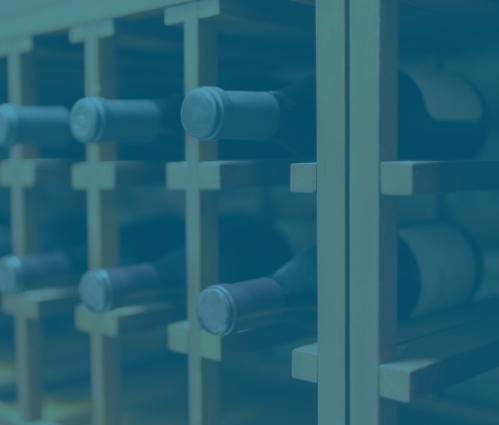There is no question that appreciation of wine is increasing all over the world which, subsequently, has piqued the interest of potential fine wine investors across the globe.
The fine wine market has established itself as a low-risk marketplace for anyone looking to get into the investment world or wanting to expand their existing portfolio. But why is it so popular?
In this article, discover why more and more people are investing in fine wine and, if you’re considering becoming a fine wine investor yourself, find out how to get started.
Differences between fine wine and other investment methods
An alternative investment
An alternative investment is any way of growing your capital that doesn’t fit into the traditional categories, such as equity and bonds.
Alternative investments, such as fine wines, allow investors to diversify their investment portfolios. Doing so decreases the risk over their entire portfolio, giving them the chance to strengthen what they already have.
Low correlation with the stock market
The fine wine market doesn’t correlate with the stock markets because its value relies on the good old-fashioned supply and demand model.
Investment-grade wine producers only make a small amount of wine every year, this already increases its value. As soon as someone drinks that bottle of wine, there is one less bottle to buy, but the demand for that wine doesn’t go away.
This continuous cycle is what often gives fine wine investors such a healthy return on investment, unlike traditional investment methods where prices often rise and fall unexpectedly.
It’s a tangible asset
A tangible asset means it is a physical object. A fine wine investor invests in a real-life, physical product, which means they have direct ownership of that wine and can crack open and enjoy it should they wish to.
This differs to stocks and shares, where although you may receive paper confirmation, you don’t truly own the product – making it less secure than tangible assets.
Low volatility
Volatility is a term to describe the rate prices of an item increase and decrease in a market over a period of time.
Traditional investment methods, like stocks and bonds, have very high volatility. Prices can increase and decrease for any reason at any given time. Indeed, sometimes it only takes one prominent and influential figure to publicly criticise it for its price to dramatically drop.
The fine wine market has low volatility with stable price growth over time, which is why fine wine is considered a low-risk investment.
So, how can you turn fine wine into profit?
One of the many great things about fine wine investment is that you can take it up whether you are an investment expert, or a hobbyist looking to expand your portfolio.
If you are new to fine wine investment and would like some help deciding where to invest your money, you could look into working with a fine wine investment company like WineCap.
Here at WineCap, we offer expert, unbiased advice on strategic investment opportunities and can walk you through how to get the most out of your investment.
We also store your fine wine in government bonded warehouses, ensuring your wines are stored in optimum conditions.
Learn more about wine investment and schedule a free consultation today.
